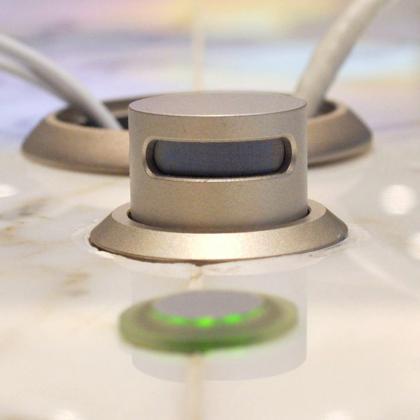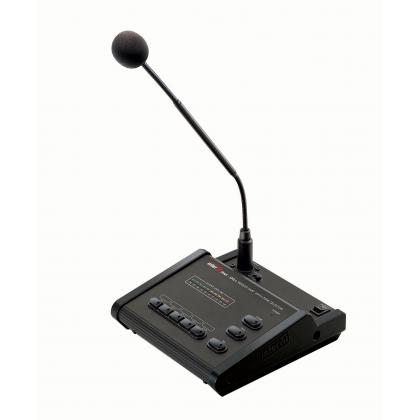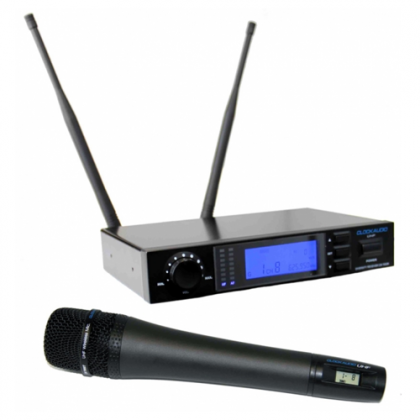Understanding Audio Echo Cancellation
Expert Audio Consultant - Roland Hemming - joins the HowToAV.tv team to discuss Audio Echo Cancellation.
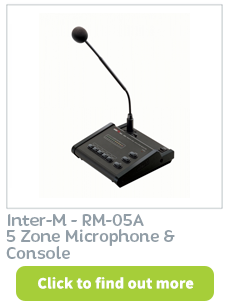 Why do we need Audio Echo Cancellation?
Why do we need Audio Echo Cancellation?
One of the common things in conference audio system is a connection for video conferencing. In general, there will be a video conference codec; this will have one audio input and one audio output. In a standard conference room, audio will come from the far end and will be played out of the loudspeakers. A mix of the microphones in the room will also be sent to the far end. However, this would produce very poor quality of sound without the use of Audio Echo Cancellation.
The audio travels through a room; the journey it takes explains why Audio Echo Cancellation is needed. When the audio from the far end comes out of the loudspeakers people in the room will hear it through their ears as they should, however, that sound also gets picked up by other microphones in the room. This sound then gets returned back to the far end and comes out of their loudspeakers in the room and also goes into their other microphones and then back again. This happens because of the small time delay that the video conferencing links have, this means that you will get an echo of the sound that will repeatedly bouncing back and forth.
Audio Echo Cancellation was invented to prevent this problem from happening, providing a better quality of sound.
How does Audio Echo Cancellation work?
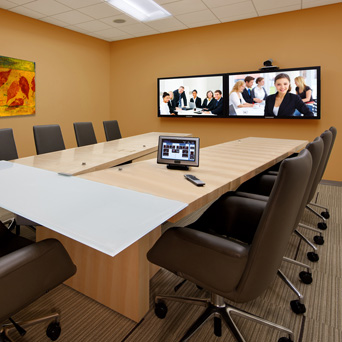 Audio Echo Cancellation is commonly used on everyday devices such as smart phones (especially when used in loudspeaker mode) and on video calling systems (e.g. Skype).
Audio Echo Cancellation is commonly used on everyday devices such as smart phones (especially when used in loudspeaker mode) and on video calling systems (e.g. Skype).
It can be more complicated in the AV world because conference rooms may have several of microphones set up in them.
Each microphone needs a separate echo cancellation into the signal processor; this is because each microphone will be in a different location and will pick up a slightly different sound.
The echo cancellation circuitry examines the sound going into the microphone and compares it with the sound coming from the far end; it then cancels out the sound detected in both signals as that can only be the sound from the far end. This means only the sound of the person speaking into the microphone is mixed with the other microphones and sent to the far end. The microphones in the system at the far end also need echo cancellation.
Need with your next Audio project?
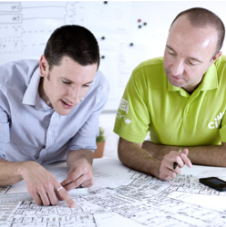 CIE is a multi-award winning distributor of professional audio equipment. As well as supplying audio equipment to the UK installation sector, our dedicated systems architecture team design, specify and build many of the UK's blue-chip and most complex public address and background music systems for our installer customers.
CIE is a multi-award winning distributor of professional audio equipment. As well as supplying audio equipment to the UK installation sector, our dedicated systems architecture team design, specify and build many of the UK's blue-chip and most complex public address and background music systems for our installer customers.
If you would like help with design, specification or rack build for your next audio, PA or background music project, then please call the CIE team on T. 0115 9770075 or email [email protected]
 Got a question for the HowToAV team?..
Got a question for the HowToAV team?..
HowToAV.tv provides a whole host of tips, tricks and technology know-how for the professional and residential Audio Visual sectors.
Subscribe to our YouTube channel now at howtoav.tv for all the latest video casts or send us your questions to [email protected]
